19/07/2016
Inkaterra La Casona – an intricately restored, XVIth. century colonial Peruvian manor house, the first Relais & Châteaux property in Peru and member of National Geographic Unique Lodges of the World – provides a welcome base for explorers venturing out into the vibrant city of Cusco. Those who step through the emerald door of the hotel, and onto the cobbled streets have a wealth of historic monuments, culture and fantastic food to discover.

Cusco, the former capital city of the ancient Incas, is the oldest inhabited city in the Americas, and is branded a UNESCO World Heritage Site. During the construction process, earthquakes struck, and many of the old buildings crumbled. However, many of the historic churches and buildings have been restored, offering travellers the chance to see how the Incas once lived.
There are many attractions to explore, from the Plaza de Armas and its surrounding cobbled streets, to the San Blas bohemian district and its buzzy art craft workshops, shops, bars and restaurants. Some locals dwell in colonial dress, cradling llamas and guinea pigs adorned in intricately woven, brightly coloured fabrics. It’s a feast for all of the senses.
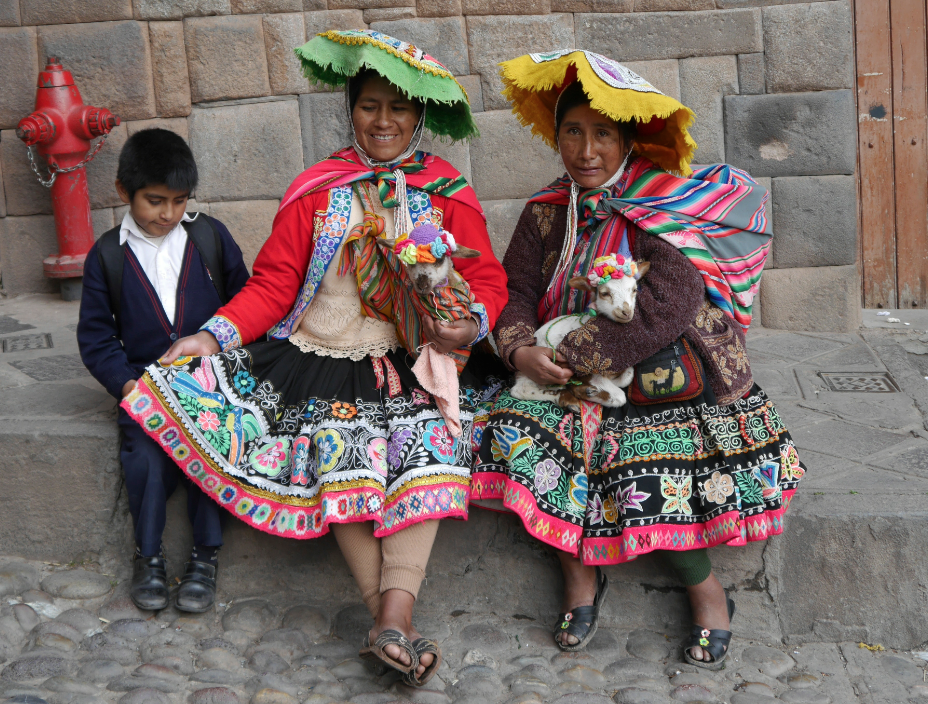
Plaza de Armas
The Plaza de Armas is the name used for the main square in many Hispanic American cities. Most cities constructed by the Spanish conquistadores were designed in a standard military fashion, based on a grid pattern taken from the Roman castrum, of which one of the blocks would be left vacant to form the Plaza de Armas. The name derives from the fact that this would be a refuge in case of an attack upon the city, from which arms would be supplied to the defenders.
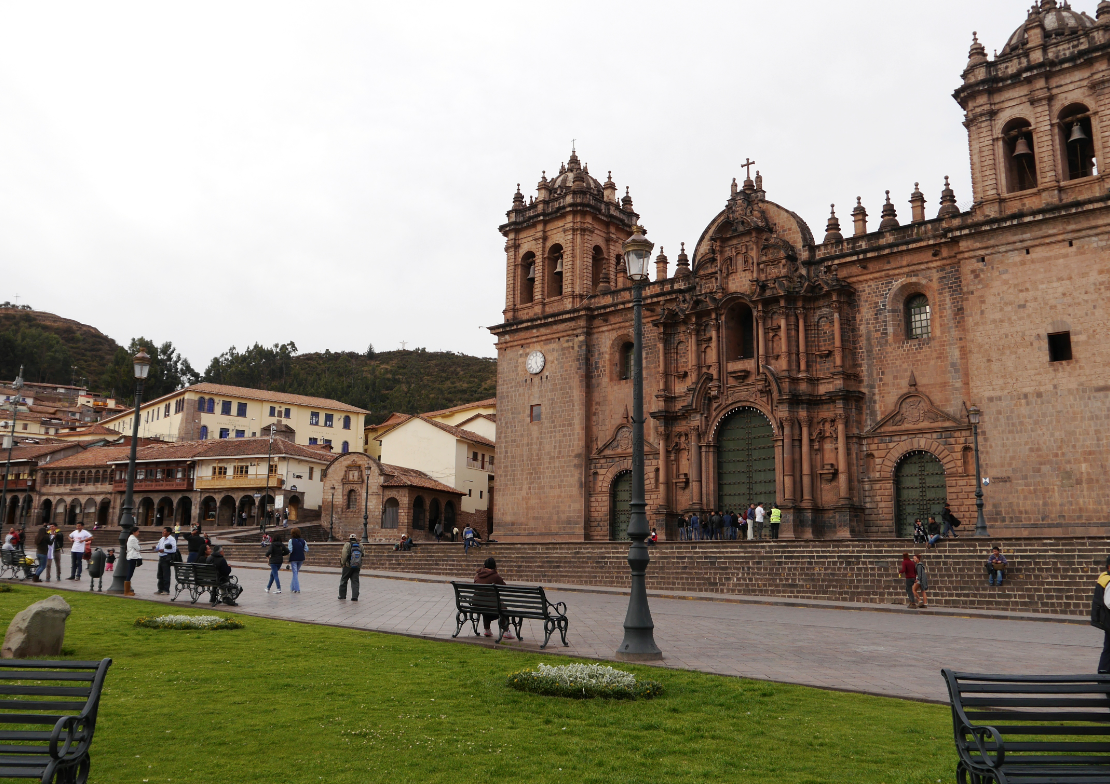
The heart of Cusco since the Inca Empire, the Plaza de Armas houses a cathedral, towering over the locals and tourists who dwell on its stone steps. Beneath the cathedral is the church of Jesus Maria, the El Triunfo and La Companía, each boasting an ornate façade and providing fantastic photo opportunities for tourists. The square provides the perfect place for weary travellers to take in the daily life of Cusco, absorbing its vibrant culture.

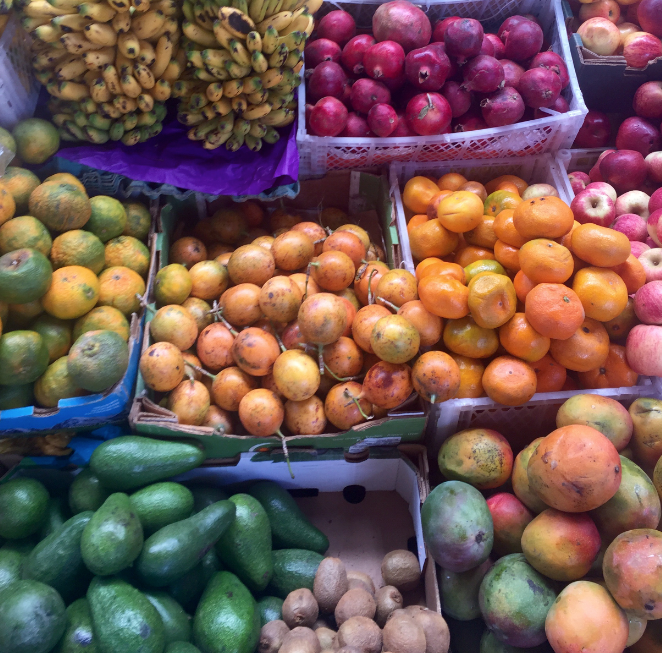
Another festival consuming the streets of Cusco is the religious celebration, Corpus Christi. Celebrated sixty days after Easter, Corpus Christi is a Christian festival honouring the Holy Eucharist. Decorated statues of saints are taken to Cusco cathedral, followed by a crowd and playing bands. The main procession takes place in Plaza de Armas; ten saints and five virgins leave the cathedral and parade round the square, whilst marching bands fill the air with music. A large wooden framed trellis, La Carroza, marks the end of the procession.
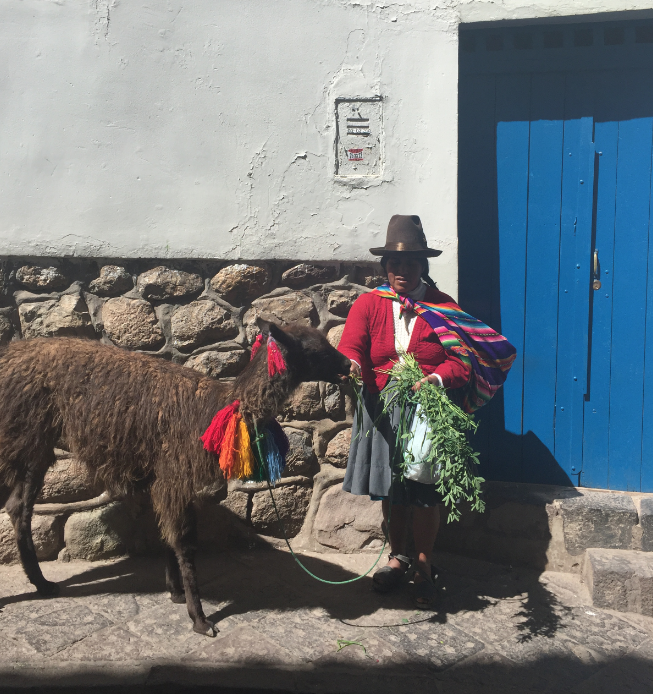
San Blas
Rising on a hill to the north of the Plaza de Armas, the San Blas neighborhood is known for its narrow, cobbled streets, art galleries and artisan workshops, preserved since Inca times. In the evenings, this area comes to life as shops and restaurants burst with music, lights and colour. On a Saturday, San Blas Plaza is filled with colourful market stalls, under the shadow of the adobe church of San Blas, with its ornate Baroque altar and unique pulpit carved from a tree. Those who want to take in the sights can head up to the terrace above the plaza, offering panoramic views across the red-tiled rooftops of Cusco.
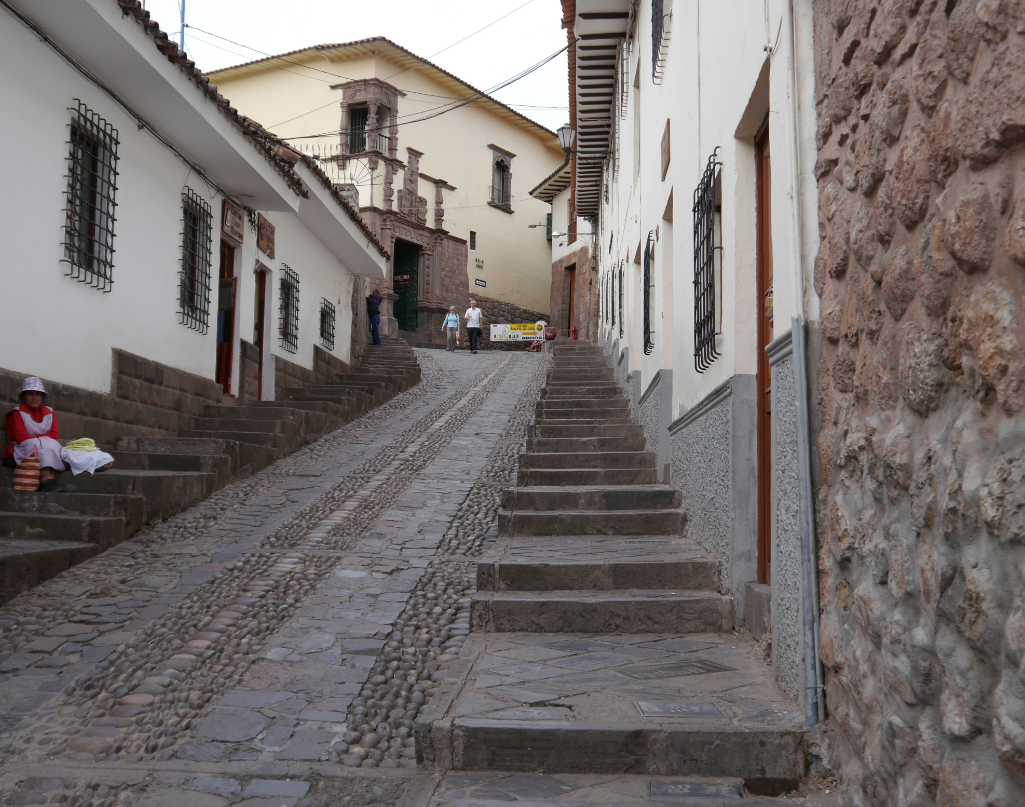
Sacsayhuaman
Sacsayhuaman is one of the most iconic Incan ruins, situated on the outskirts of Cusco. What remains today are the outer walls, zig zagging three stories high – like many Inca ruins, the walls are made of boulders the piece together like a jigsaw, without anything cementing them together. The stones are so closely placed together, not even a slice of paper can slide between them.
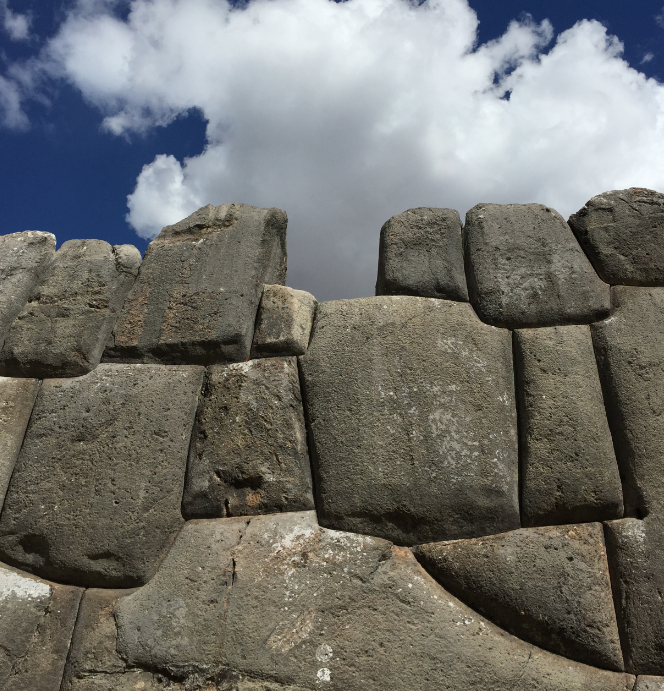
On the 24th June, Sacsayhuamán plays home to Inti Raymi – the Incan festival of the sun. The festivities re-enact traditions dating back 500 years, when it was the most important ceremony carried out in Cusco. Inti Raymi celebrated the Incan New Year and winter solstice, when the sun was further from this side of the earth.
Beginning at Qorikancha, the remains of the Sun temple, a procession heads through the cobbled streets along to music, prayers, dancing and flowers, as local women sweep away evil spirits. Spectators will also see Mama Occlo, priests and other participants dressed as pumas, snakes and condors.
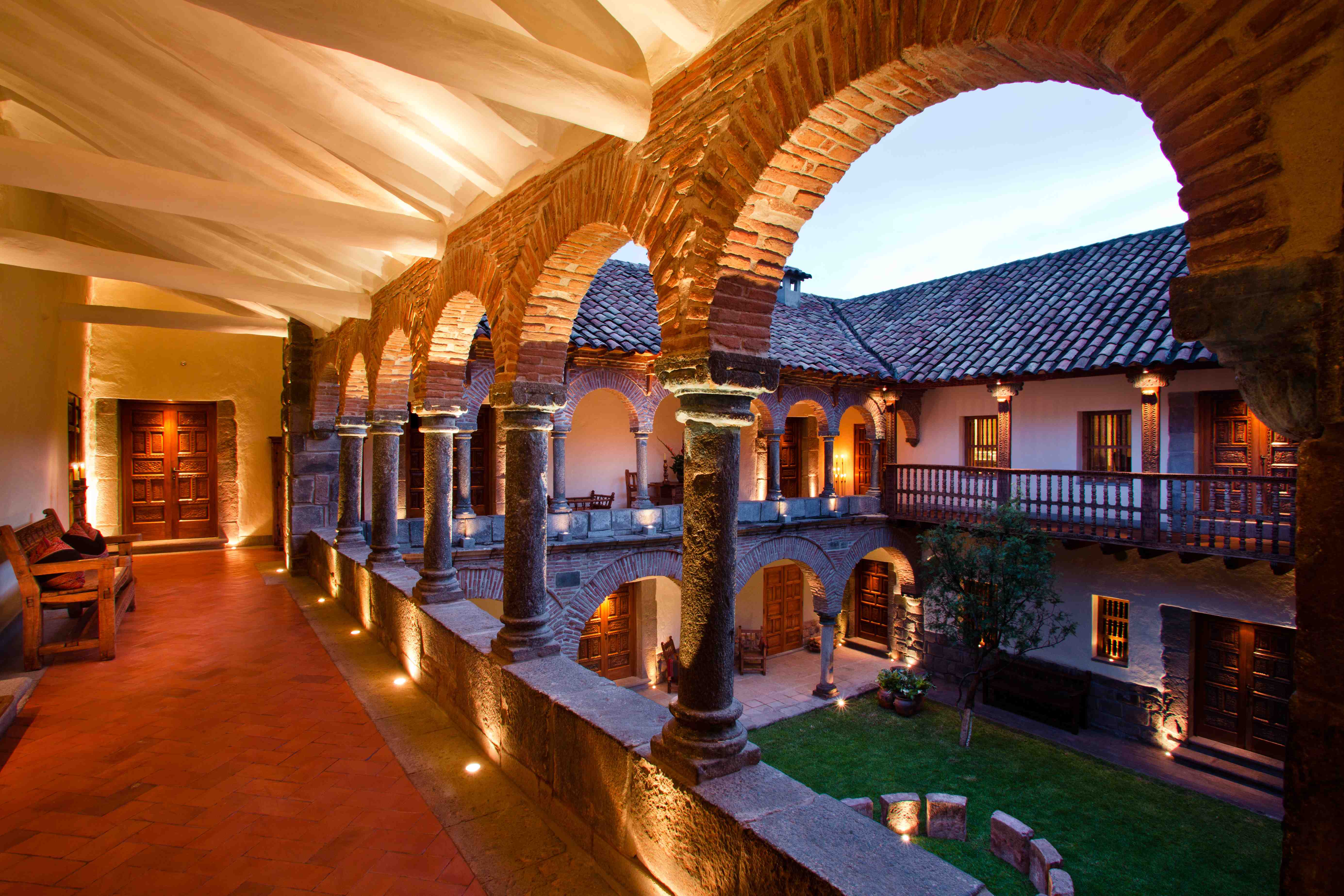
If you’d like to explore Cusco, visit Inkaterra La Casona. The manor house provides a different and relaxing retreat for those wanting to experience a more tranquil and calming side to the city. The hotel is rich in Peruvian history and culture, and stands on the training grounds that were once for the elite army of the Incas.
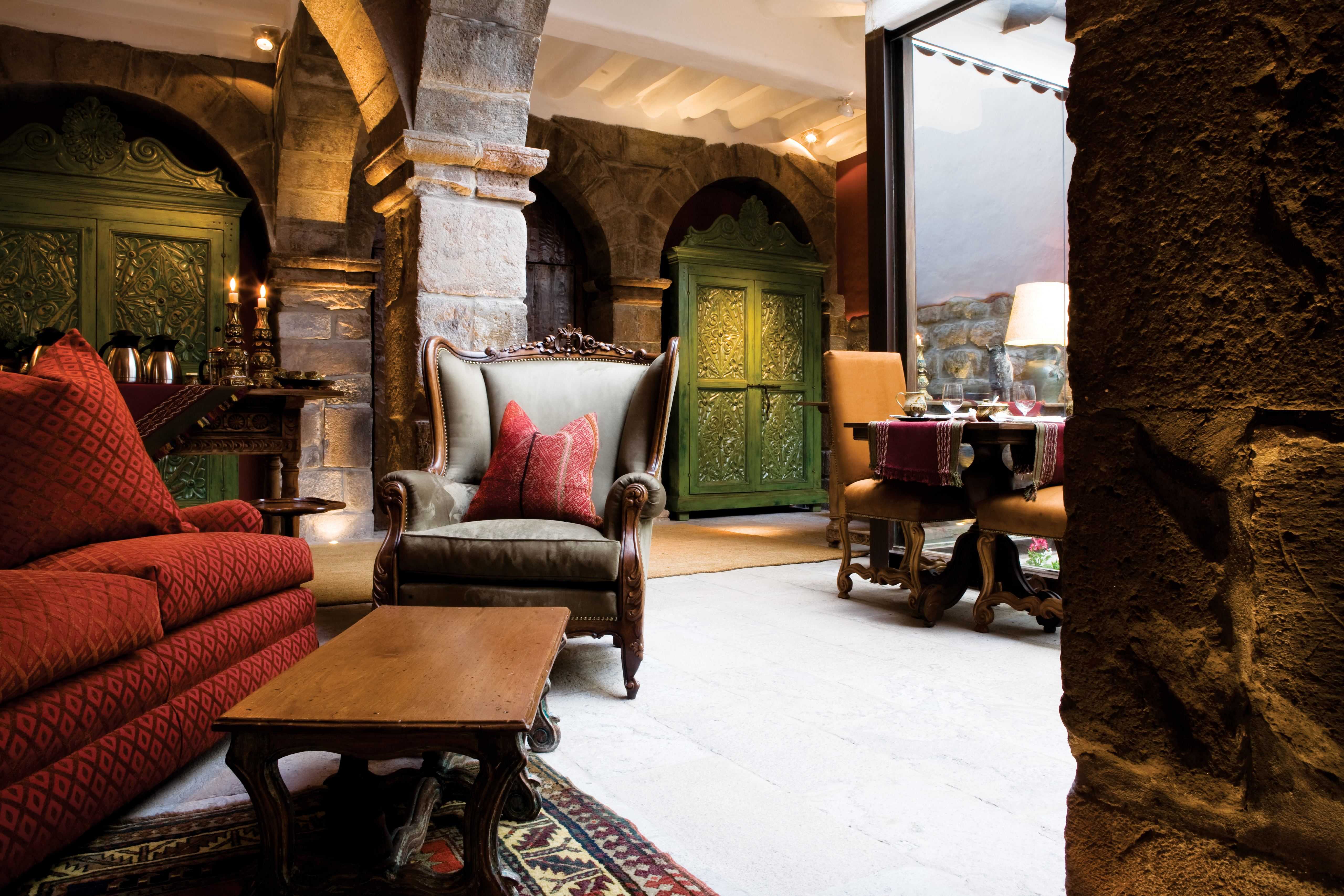
Preserving the Peruvian heritage that engulfs the property is important and a focus for Inkaterra Founder and CEO, José Koechlin, and his wife, Denise. Between the two, they have beautifully restored and exquisitely designed the interior to amplify the exclusive manor’s heritage, adding to the charming character of the property.
